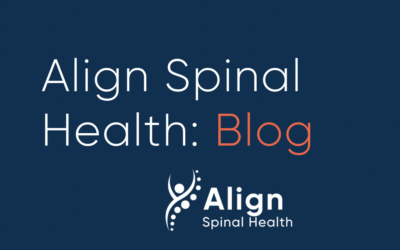The term scoliosis refers to an abnormal curvature of the spine in a patient who has finished growing. Scoliosis is an abnormal curvature of the spine that affects approximately seven million people in the United States. The spine curves abnormally to the right or left side and also involves a twisting or rotation of the bones of the spine. As the vertebrae rotate, this may cause clinical change in the appearance of the patient’s back and may also lead to painful degeneration of the spine leading to back pain or nerve pain or in severe cases alter lung and heart function.
Causes
- Childhood Curvature that was never treated
- Disc degeneration
- Compression fracture
- Spinal stenosis
- Osteoporosis
- A hemivertebra (half a vertebra) refers to a condition where the bone of the spine does not grow properly
- Unilateral bar (or block vertebra) is a condition in which the bones of the spine do not properly separate from each other
Symptoms
Many patients with adult scoliosis do not have any specific symptoms. Scoliosis symptoms vary based on the curve severity. Some patients first notice that their clothes no longer fit correctly. As the curvature leads to disc degeneration and changes in the bones of the spine, a number of symptoms can occur. Symptoms may include back pain, spinal stiffness and even nerve pain. The abnormal curvature may cause uneven hips or an abnormal gait and patients may have a leg length discrepancy. Patients may notice that one shoulder is higher than the other, a prominent shoulder blade, or uneven skin folds. There may be difficulty with standing or sitting upright and problems with balance. In severe cases the curvature can progress to affect heart or lung function in the thoracic spine.


